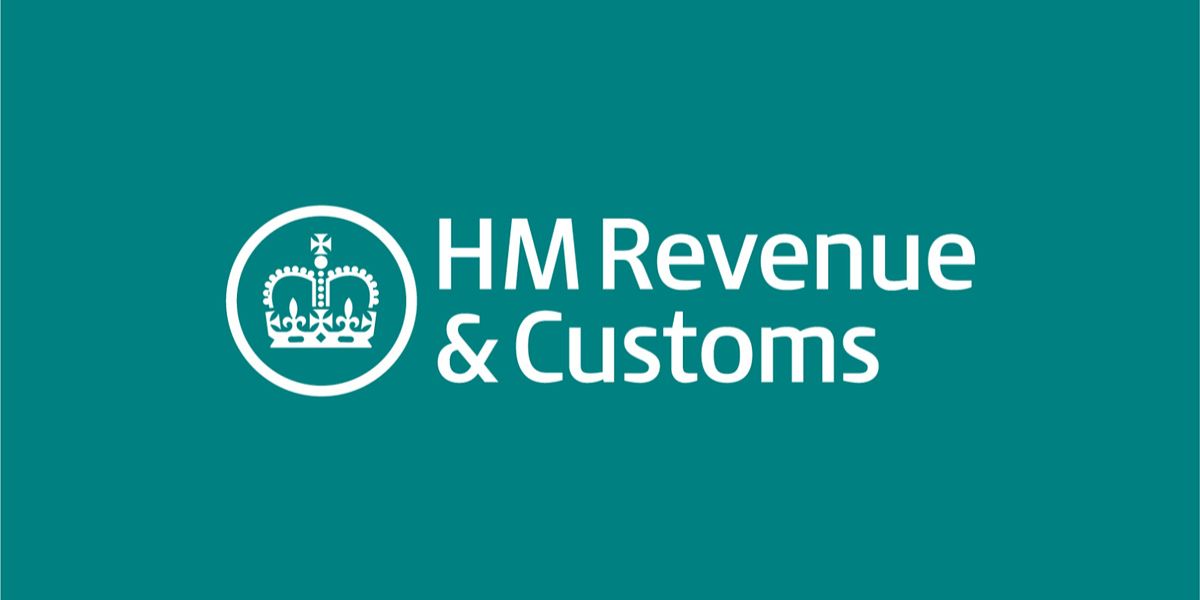On 19 July 2022 HMRC published the results of research conducted into the value of Low-Risk status to large businesses. The results of the research were used as an input into the design of the new Business Risk Review (BRR+) process that was launched from October 2019.
Under the Customer Compliance Manager (CCM) model used by HMRC periodic business risk reviews are carried out to assess the business risk profile of the largest businesses.
The research looked at the attitude of businesses towards their risk status and at how they could be motivated to move towards adopting lower-risk behaviour. Interviews were held with large businesses between 14 November and 15 December 2017.
At the time of the survey businesses were categorised as either Low Risk or Non-Low Risk, without any further categories.
Low Risk businesses often reported that a Low Risk status ensures a co-operative relationship with HMRC, without many unexpected developments in their tax affairs, and demonstrating that the tax staff within the business are performing well. There could also be wider advantages in terms of Corporate Social Responsibility, and this could offer an advantage when tendering for contracts.
Generally, the Non-Low Risk businesses surveyed did not attach much value to risk status. They did not consider there would be much benefit for the business from pursuing Low Risk status. Risk status did not have a high priority in their business decisions and the businesses were generally not concerned about their risk status. Some businesses considered that their Non-Low Risk status was evidence of a healthy tension in their relationship with HMRC.
Most of the Non-Low Risk businesses considered it would be possible to achieve Low Risk status but also considered that the costs of achieving the status would outweigh the benefits. Considerable time and resources could be required to change the risk status, with changes to systems and retraining for staff. This could only be done if more tangible benefits could be obtained from reducing their risk status. A few businesses that were actively pursuing Low Risk status expressed frustration about the length of time needed.
Some Non-Low Risk businesses considered that their behaviour was low risk, but their risk-rating was due to structural factors beyond their control. In this case businesses considered that more dialogue with HMRC on risk-rating could improve understanding of the position by both sides.
Demonstrating the Benefits of Low Risk Status
HMRC could provide incentives to “pull” businesses towards Low Risk status, such as a reduced penalty regime for Low Risk businesses or tax reliefs for improving IT systems. HMRC could clarify the advantages of Low Risk status to encourage businesses to make the required investment to achieve it.
HMRC could also “push” Non-Low Risk status less comfortable for businesses by increasing scrutiny of the businesses or linking their risk status with other policies that are important to the business.
Changing the Binary Scale in Relation to Risk
Most of large businesses surveyed considered that a change to the binary Low Risk/ Non-Low Risk system in force at that time could improve the incentive for businesses to move towards Low Risk. A continuous sliding scale ranging from ‘very low-risk’ to ‘very high-risk’ could encourage businesses to lower their risk rating as they could see progress along the scale more clearly. Another possibility would be to keep just one Low Risk category but split the Non-Low Risk into a range of categories.
Some businesses considered that the categorisation should cover differences between inherent and behavioural risk. The binary system was considered unfair for types of business that are inherently risky even though the taxpayer engages in low risk behaviours.















